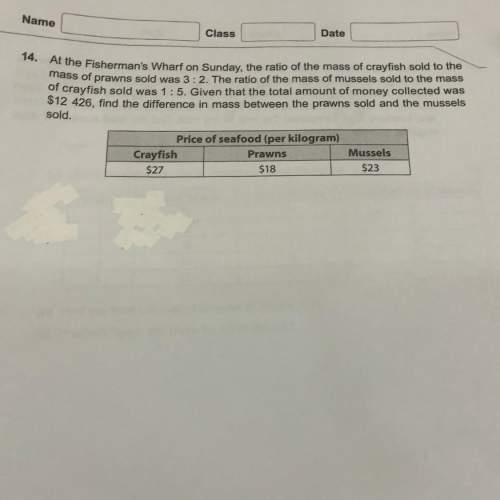
Mathematics, 21.02.2020 05:18 noahmccall647
There are two subsystems connected in parallel, each one containing two cells. In order for the system to function, at least one of the two parallel subsystems must work. Within each subsystem, the two cells are connected in series, so a subsystem will work only if all cells in the subsystem work. Consider a particular lifetime value t0, and suppose we want to determine the probability that the system lifetime exceeds t0. Let Ai denote the event that the lifetime of cell i exceeds t0 (i = 1, 2, , 4). We assume that the Ai's are independent events (whether any particular cell lasts more than t0 hours has no bearing on whether or not any other cell does) and that P(Ai) = 0.7 for every i since the cells are identical.
Using P(A)= 0.6, the probability that system lifetime exceeds to is easily seen to be 0.5904. To what value would 0.6 have to be changed in order to increase the system lifetime reliability from 0.5904 to 0.63? Hint: Let P(A) = p, express system reliability in terms of p, and then let x = p2.] (Round your answer to four decimal places.)

Answers: 3


Other questions on the subject: Mathematics


Mathematics, 21.06.2019 18:20, sweetbri7p5v6tn
Me solve this problem, and someone clearly explain to me how to solve it.1.) use the value of the discriminant to determine if the given trinomials has 2 real solutions, 1 real solution, or no real solutions. a. x2 − 4x − 7 = 0b. 4r2 + 11r − 3 = 0c. 3m2 + 7 = 0d. t2 + 2t + 1 = 0
Answers: 1

Mathematics, 21.06.2019 23:00, Lizethh1
Acaterer knows he will need 60, 50, 80, 40 and 50 dinner napkins on five successive evenings. he can purchase new napkins initially at 25 cents each, after which he can have dirty napkins laundered by a fast one-day laundry service (i. e., dirty napkins given at the end of the day will be ready for use the following day) at 15 cents each, or by a slow two-day service at 8 cents each or both. the caterer wants to know how many napkins he should purchase initially and how many dirty napkins should be laundered by fast and slow service on each of the days in order to minimize his total costs. formulate the caterer’s problem as a linear program as follows (you must state any assumptions you make): a. define all variables clearly. how many are there? b. write out the constraints that must be satisfied, briefly explaining each. (do not simplify.) write out the objective function to be minimized. (do not simplify.)
Answers: 1
You know the right answer?
There are two subsystems connected in parallel, each one containing two cells. In order for the syst...
Questions in other subjects:


Mathematics, 28.06.2019 22:30

Chemistry, 28.06.2019 22:30

Mathematics, 28.06.2019 22:30

English, 28.06.2019 22:30

Chemistry, 28.06.2019 22:30

Social Studies, 28.06.2019 22:30


History, 28.06.2019 22:30




